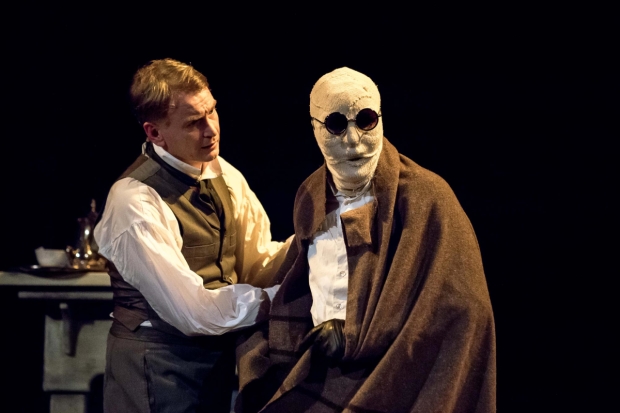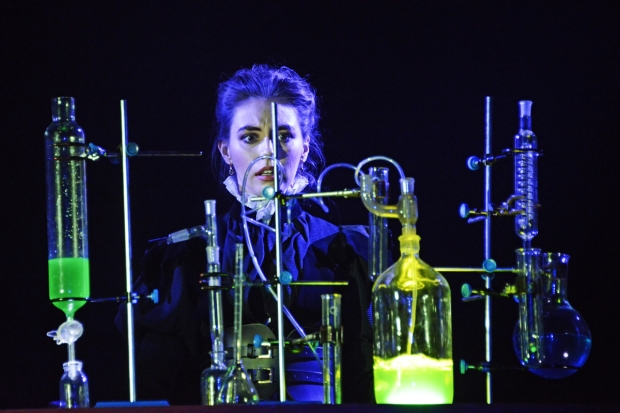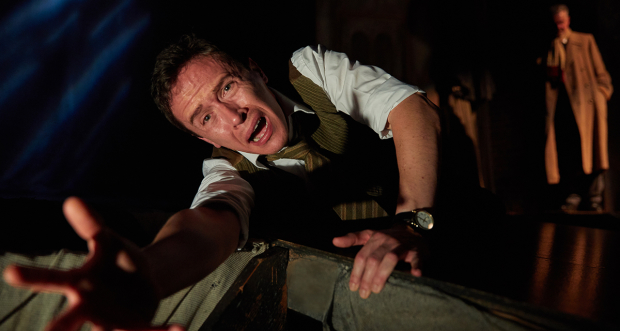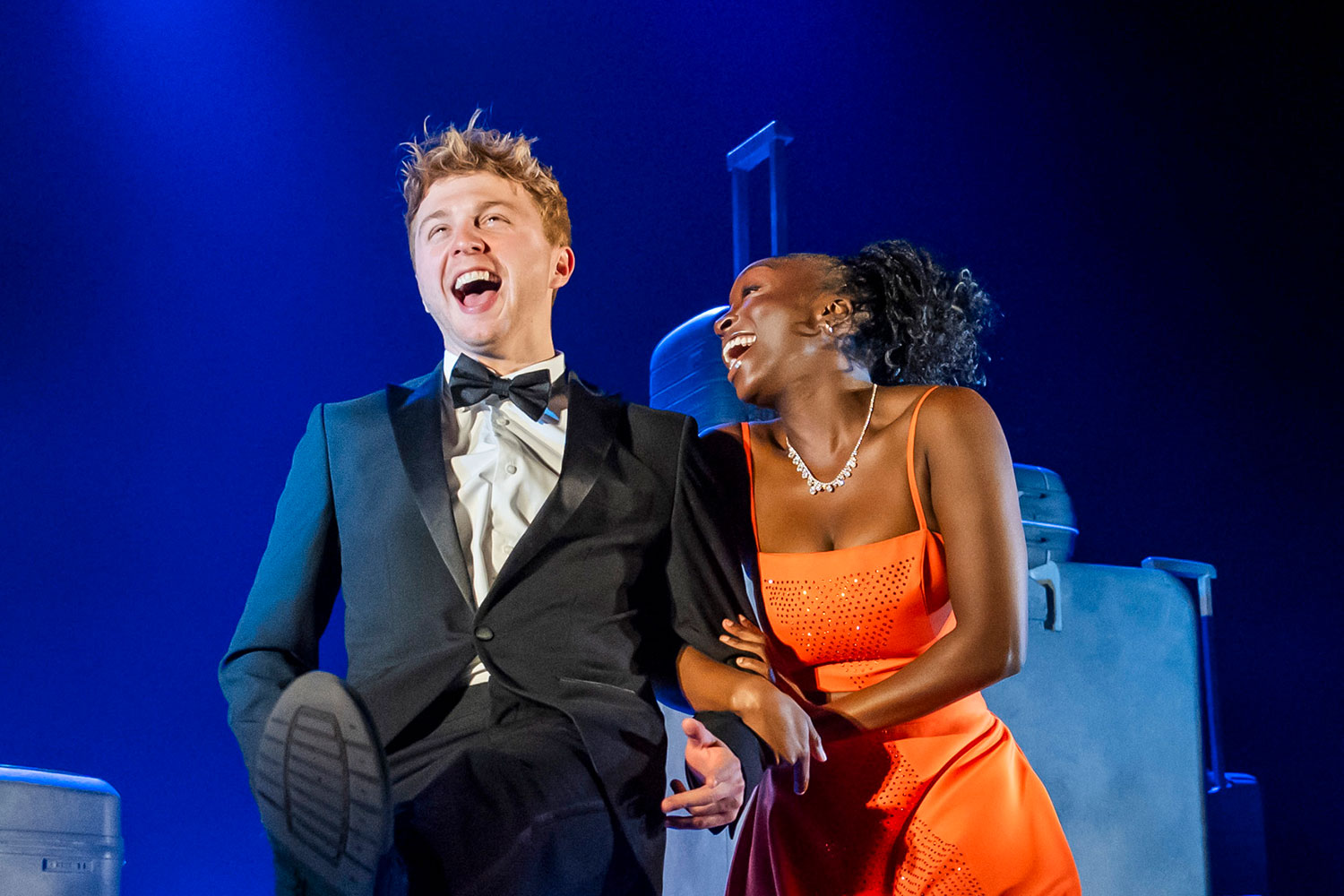Review: The Invisible Man (Queen's Theatre Hornchurch)

© Mark Sepple
Clem Garrity’s retelling of The Invisible Man starts with a moment of real science fiction: a lecture on refraction. Submerge a pencil in water and it will seem to bend. Submerge a glass of water, and it disappears altogether. It’s a trick of the light, yes, but it’s rooted in science. Illusion is reality, and it gives Garrity and his director Ryan McBryde free reign to fool us. Objects levitate, doors open and shut, a man melts out of sight. Is it all real – or do our eyes deceive us?
That science fiction and stage illusions came of age around the same time is no coincidence. As transformative new technologies arrived in the 19th century, novelists like HG Wells started to stretch their imaginations and theatremakers began bending the truth. Both twist reality out of shape, and there’s nothing here that the Victorians couldn’t have dreamed up. Like the Invisible Man himself, it’s all optical illusion.
Old-school is the thing though, and in stringing out Wells’ story to maximise opportunities for stage trickery, Garrity’s adaptation becomes ploddingly over-long. His celebrated fringe company, the macabre Kill the Beast, might have whipped through it with arch storytelling and song, but, despite the presence of a group of shadowy actor-musicians scuttling around and setting the scene, here Garrity insists on embodying the story in full.
We cut between the young physicist Griffin (Matthew Spencer) perfecting his vanishing act in his grimy London lab, half disappearing cats and canaries, and a remote country hotel a year later where a mysterious bandaged figure is renting a room and hiding away – much to local speculation.
Spencer gives a superb physical performance, eerie as anything as this mummified man. With black goggles on white gauze, he’s essentially masked; acting without any visible expressions. His physicality is beautifully articulate. He conveys the zeal of Griffin’s newfound omnipotence, as he sneaks into churches to steal the charity pot, but also the sadness of isolation and remorse. "I never thought that in being invisible," he sighs, "I might lose sight of myself."
However, Griffin isn’t the only unseen, and Garrity’s adaptation stresses the social aspects of Wells’ allegory. Around this man on the run, hiding from his actions and vanishing from view, there are other invisibles – his homeless accomplice, as in the original, but also, thanks to a tweak of historical timing, a suffragette love interest committed to women’s fight to make themselves seen. Eleanor Wyld plays a woman who’s not the person she seems with a crisp insistence.
In the end, though, too many strings are visible. McBryde’s production is lively, with John Bulleid’s illusions aided by Nic Farman’s splendid lighting, but for all the screeching strings and creaking hinges, it’s low on atmosphere. Rebecca Applin’s sound design isn’t sophisticated enough to throw voices convincingly, and Lily Arnold’s vault-like design, for all its rich details, is let down by poorly painted flats and shonky scenery that break the illusion.
The Invisible Man runs at the Queens Theatre, Hornchurch until 18 November.













